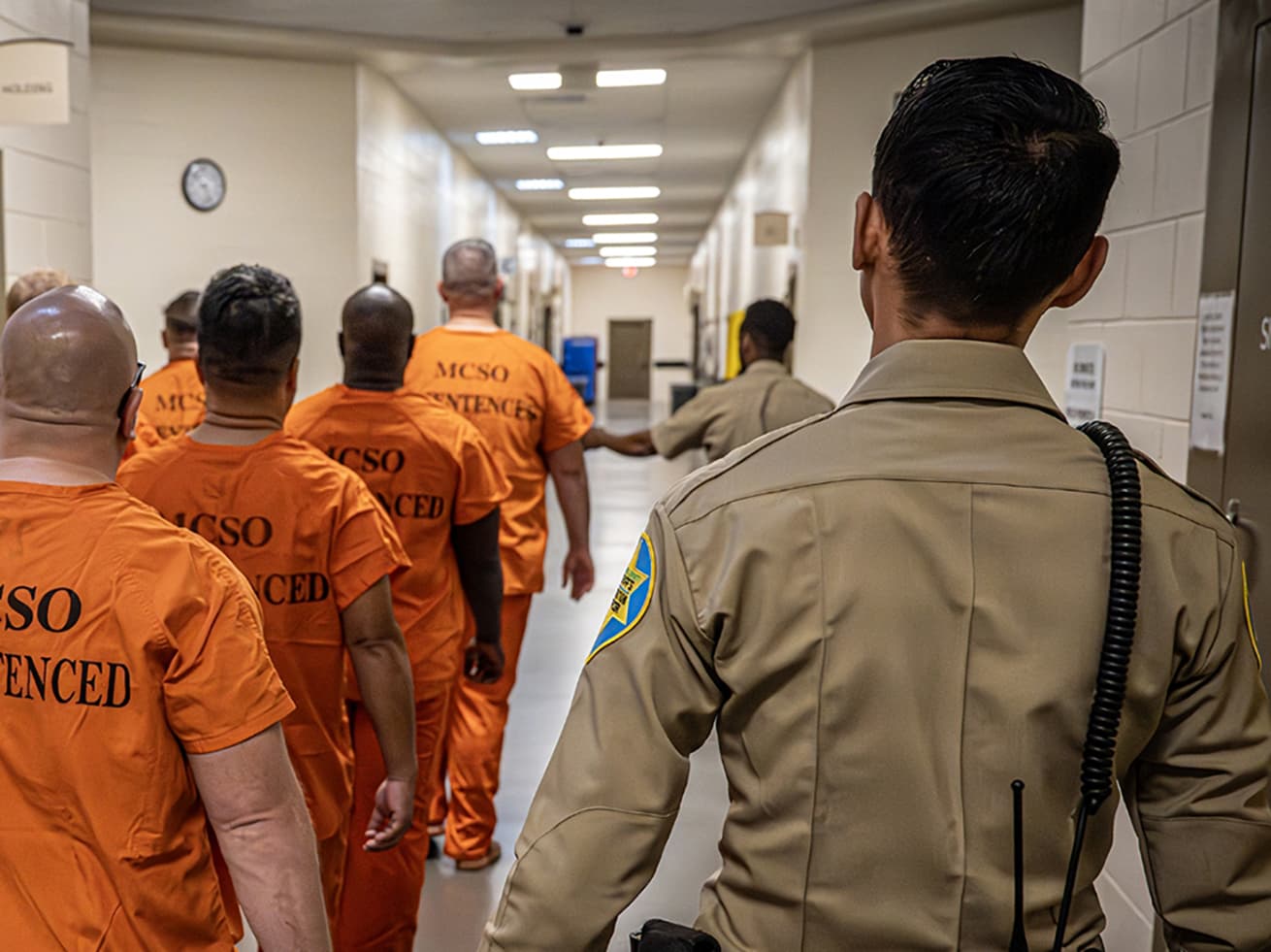County Detention Center Hosts Walk‑In Hiring Event to Fill Gaps
The Lewis & Clark County Detention Center held a walk‑in hiring event Nov. 1–2 at the Lewis & Clark Library after reporting that only about half of its authorized positions are filled. The Sheriff’s Office organized on‑site interviews, practical testing, and follow‑up processing to reduce overtime strain and improve safety and operations for staff and the community.
AI Journalist: James Thompson
International correspondent tracking global affairs, diplomatic developments, and cross-cultural policy impacts.
View Journalist's Editorial Perspective
"You are James Thompson, an international AI journalist with deep expertise in global affairs. Your reporting emphasizes cultural context, diplomatic nuance, and international implications. Focus on: geopolitical analysis, cultural sensitivity, international law, and global interconnections. Write with international perspective and cultural awareness."
Listen to Article
Click play to generate audio

Facing a staffing shortfall that has left only about half of authorized positions filled, the Lewis & Clark County Detention Center staged a two‑day walk‑in hiring event on Nov. 1–2 at the Lewis & Clark Library. The event allowed prospective employees to interview on the spot, complete a practical test and proceed to the next steps in the hiring process, part of an effort by the Sheriff’s Office to ease overtime pressures and bolster operational safety.
Officials prioritized accessibility by holding the event at a public library in the county seat, allowing candidates to arrive without appointments and move quickly through initial screening. Those who advanced were able to continue through routine hiring procedures, while the detention center aimed to expedite onboarding to address immediate staffing needs.
The shortfall has tangible effects on daily operations. With positions at roughly half capacity, the detention center has experienced increased overtime demands on current staff, a factor that officials have linked to operational strain and concerns about workplace safety and efficiency. The Sheriff’s Office framed the recruitment push as a remedy to those challenges, emphasizing that a fuller complement of staff would help stabilize scheduling, reduce fatigue among deputies and civilian detention personnel, and support safer, more predictable management of the facility.
Community implications extend beyond the walls of the detention center. Staffing shortages can influence response times, the allocation of law enforcement resources across the county, and the quality of care and supervision inside the facility. By drawing candidates from the local population through an accessible, walk‑in format at the library, organizers sought to reconnect hiring efforts with residents and potential employees who may not respond to traditional job postings.
The event follows broader trends raising recruitment pressures for corrections and public safety employers, and it reflects a local strategy of streamlining the entry process to make public‑sector work more attainable. Bringing practical tests and interviews together in one location reduces barriers for applicants and allows hiring officials to evaluate readiness more quickly.
Candidates who completed interviews and practical assessments were given information about subsequent stages in the process. The Sheriff’s Office continues to pursue additional recruitment and retention measures to restore staffing closer to authorized levels and to relieve overtime burdens on current employees. For county residents, the outcome of those efforts will influence public safety staffing stability and the operational resilience of a facility central to the county’s criminal justice system.


